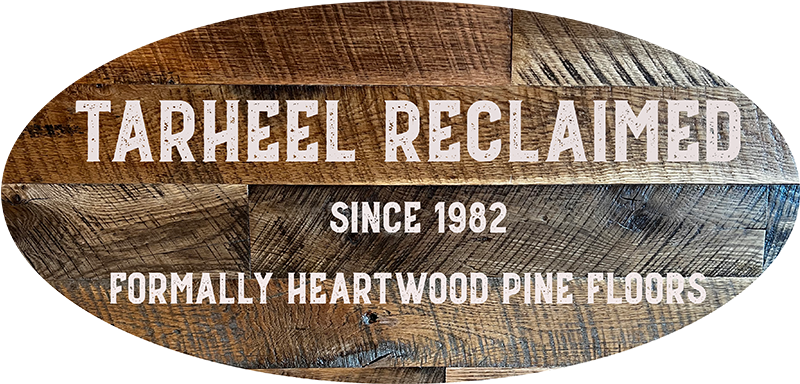Homeowners along America's Atlantic seaboard continue to embrace the timeless appeal of hardwood flooring, but with distinctly regional preferences emerging in 2025. Rustic wood floor East Coast states trends reflect both historical architectural influences and modern design sensibilities unique to this region. From Maine's coastal cottages to Florida's airy retreats, the interpretation of "rustic" varies significantly while maintaining common elements that celebrate wood's natural character.
New England's Return to Wide-Plank Heritage
The East Coast states in northern New England prefer exceptionally broad rustic wood flooring planks which preserve the architectural style of colonial buildings. Homeowners in Maine Vermont and Massachusetts now pick wide oak and pine planks between 8 to 10 inches because the market has shifted from using thinner planks in older years.
Wood flooring with manually scraped texture displaying prominent grain elements currently defines the market most prominently when used in heritage structures. Locally operated mills which transform timbers from dismantled barns and factories find it hard to meet the increase in demand from homeowners searching for genuine antique construction materials that provide historic credentials.
Mid-Atlantic's Balanced Refinement
The preferences of East Coast states from New York through New Jersey and Pennsylvania bring rustic details together with urbane sophistication while featuring rustic wood floors. House owners located in these regions select quarter-sawn oak together with hickory which features mild markings to create visual appeal without losing elegance.
The wire-brushed technique has become preferred in modern times because it eliminates soft wood fibers to display the wood grain yet retains a surface that matches both brownstone restoration needs and suburban environments. Different types of furniture meet well with medium-toned color choices since these shades provide adaptability to multiple design styles and hide minor signs of daily use.
Carolina Coastal Character
The Carolinas embrace rustic wood floor East Coast states styles that reflect their coastal influence, with increasing demand for white oak and ash treated to mimic weathered driftwood tones. These floors feature subtle gray and taupe undertones that complement both traditional and contemporary coastal design aesthetics.
Manufacturers have responded with specialized finishing techniques that recreate the salt-air weathering effect without sacrificing durability. Some local artisans have developed proprietary processes using actual seawater in controlled environments to achieve authentic coastal patinas that distinguish their products in an increasingly competitive market.
Virginia's Historical Modernism
Virginia's unique position in American history influences its rustic wood floor East Coast states preferences with mixed-width installations gaining tremendous popularity. This approach alternates between planks of different widths – commonly 4, 6, and 8 inches – creating visual rhythm while referencing historical construction methods when uniform milling wasn't available.
Color preferences tend toward warmer honey and chestnut tones that complement the brick and stone elements common in Virginia architecture. Character marks like knots and mineral streaks remain highly desirable, though with a preference for even distribution rather than dramatic variations that might appear too contrived.
Florida's Contemporary Rustic Interpretation
Florida represents the most distinctive regional variation in rustic wood floor East Coast states trends. Homeowners seek rustic elements that harmonize with the state's abundant natural light and indoor-outdoor lifestyle. Lighter finishes dominate, with white oak and ash treated to maintain their natural pale tones while still showcasing character marks.

